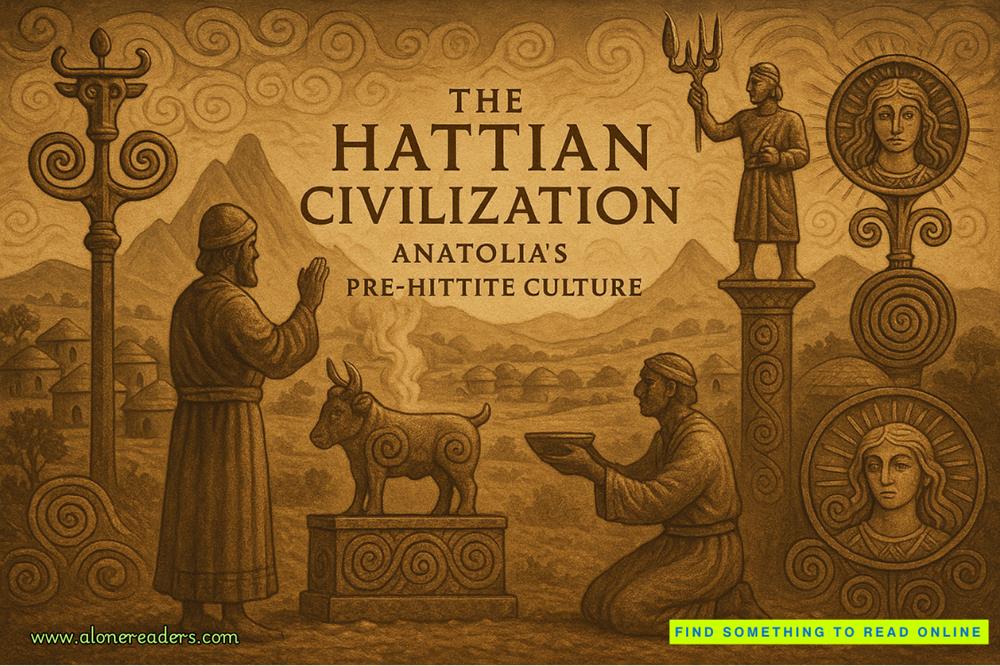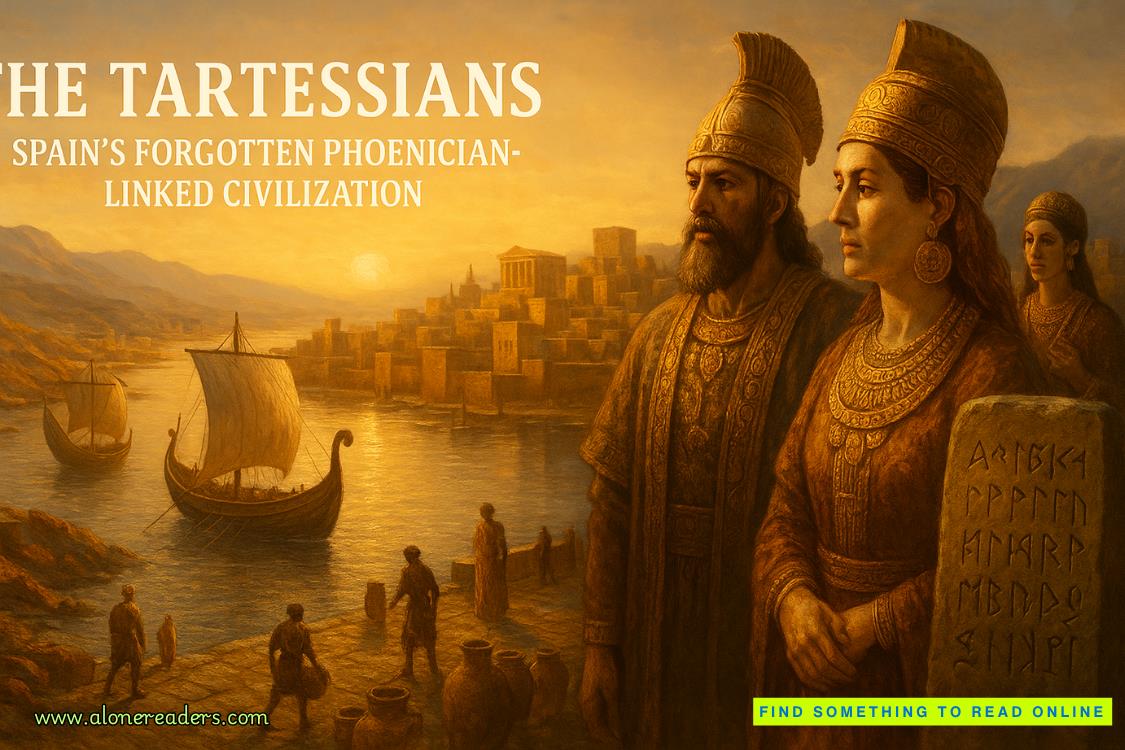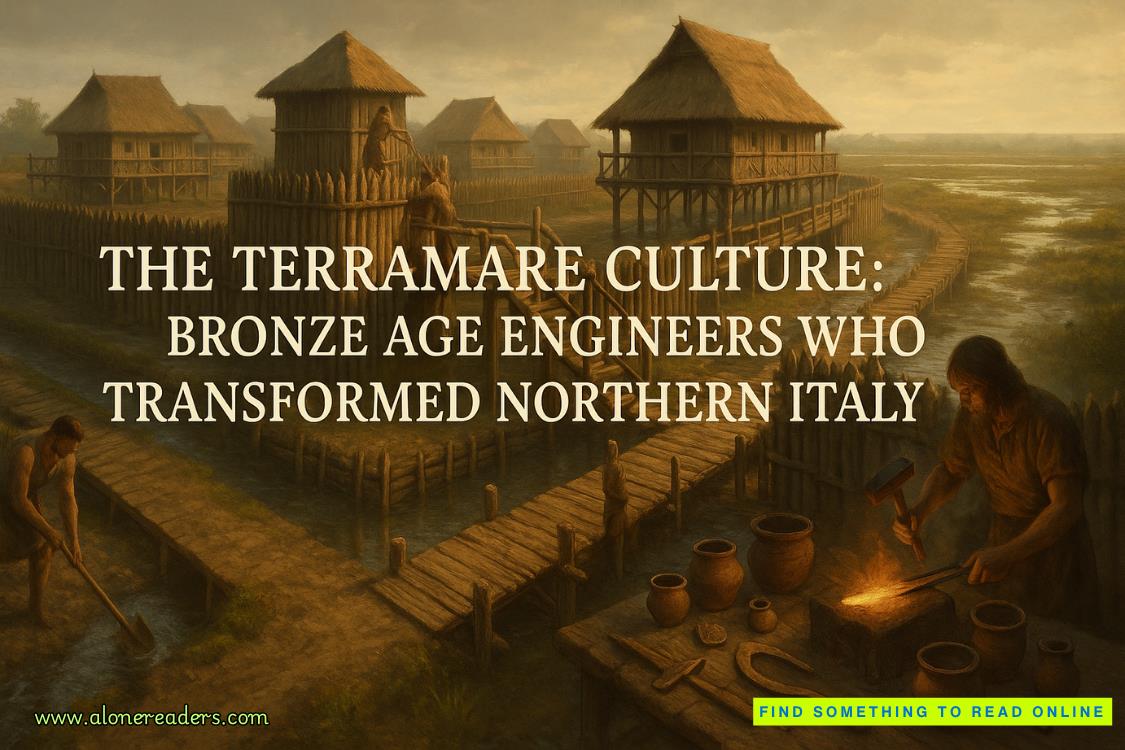Sandecker stared at the ceiling. "Since the Celts weren't a seafaring people and are not known to have sailed across the Atlantic to the new world, it must have been thrown or lost off a passing ship."
"No ships sailed over Navidad Bank unless they wanted to have their hulls ripped apart by shallow coral and file a phony insurance claim," said Pitt. "The only other possibility is that the ship was driven onto the bank by a storm."
Gunn gazed down at the carpet as if something had entered his mind. "According to insurance records, an old steamer called Vandalia smashed onto the reef."
"I surveyed her remains," said Summer, looking at her brother expectantly.
Dirk nodded at her and grinned. "The amphor was not all we found."
"What Dirk is hinting is that we also discovered a labyrinth of caverns or rooms carved from rock that is now covered with the coral." She reached into her purse and retrieved the digital camera. "We took pictures of the architecture and a large cauldron sculpted with images of ancient warriors. It was filled with small, everyday artifacts."
Sandecker looked at her in disbelief. "A city beneath the sea in the Western Hemisphere predating the Olmecs, Mayans and Incas? It doesn't seem possible."
"We won't have answers until a thorough exploration is conducted." Summer held the camera as if it was a piece of expensive jewelry. "The structure we observed looked like some sort of temple."
Sandecker turned to Gunn. "Rudi?"
Gunn nodded in understanding, took the camera from Summer's hand and pushed a switch on the wall that raised a panel, revealing a large digital television. He then connected the cable into the TV, picked up the remote and began running through the images recorded by Dirk and Summer of the sunken temple.
There were more than thirty images, beginning with the entry arch and the steps leading to the interior with what looked like a large stone bed. The cauldron and its contents were in another chamber.
Dirk and Summer narrated as Gunn moved from one picture to the next. When the last image flashed on the monitor, they all sat silently for a few moments.
Finally, Pitt spoke first. "I think we should get St. Julien Perlmutter in on this."
Gunn looked skeptical. "St. Julien isn't an archaeologist."
"True, but if anyone has theories on early seafarers and navigators sailing to this side of the ocean three thousand years ago, he would."
"Worth a shot," Sandecker agreed. He looked at Dirk and Summer. "Your research project for the next two weeks. Find answers. Consider it a working vacation." He swung in his big leather executive's chair until he faced Pitt and Giordino. "And now to the matter of the brown crud. All we know at this moment is that it is not associated with a diatom or a form of algae. Nor is it a biotoxin linked to the red tide phenomenon. What we do know is that it leaves a swath of devastation as it is carried out into the open Atlantic and swept north by the southern equatorial current toward the Gulf and Florida. Ocean scientists believe the crud has already reached American waters. Reports coming in from Key West say sponge beds are suffering from an unknown source of devastation."
"I'm sorry the glass jars containing my water samples and dead sea life specimens were destroyed when the waves tumbled Pisces into the crevasse," said Summer.
"Don't concern yourself. We have samples and specimens coming in daily from fifty different locations throughout the Caribbean."
"Any indications where the crud might originate?" asked Pitt.
Gunn pulled off his glasses and wiped the lenses with a small cloth. "Not really. Our scientists have sorted through water samples, wind and current data, satellite images and ship sightings. Their best guess at the moment is that the crud is spawned somewhere off the coast of Nicaragua. But that's all it is, a guess."
"Could it be some kind of chemical flushed from a river?" inquired Dirk.
Sandecker rolled one of his immense cigars in his fingers without lighting it. "Possible, but we have yet to discover a trail to its source."
"Something nasty is going on," said Gunn. "This stuff is deadly to most sea life and the coral. We've got to find a solution soon before it spreads out of control throughout the entire Caribbean and creates a sea of sludge and a dead zone for all water life."
Pitt stared at Gunn. "You don't paint a very pretty picture."
"The source must be found and a counteraction developed," added Sandecker. "That's where you and Al come in. Your mission is to investigate the waters off the west coast of Nicaragua. I've lined up one of NUMA's Neptune-class research vessels. I don't have to tell you that she's small, requiring no more than a five-man crew. She carries the latest state-of-the-art research equipment and instrumentation for specialized projects such as this one. Unlike our other ocean research and survey ships, she's as fast as anything in the oceans, with speed to spare."
"Like the Calliope we were forced to destroy several years ago on the Niger River?" said Pitt without looking up as he took notes on a yellow pad.
"I should have taken the cost of losing her out of your paychecks."
"If it's all the same to you, Admiral, Al and I would rather not be quite so conspicuous this time."
"You
won't be," Sandecker said, ignoring the nonsmokers and finally lighting his cigar. "The Poco Bonito is my pride and joy. She's seventy-five feet in length and her appearance is misleading. No one will find her conspicuous, because her hull, deck and wheelhouse was based on a Buckie, Scotland-built fishing trawler."















